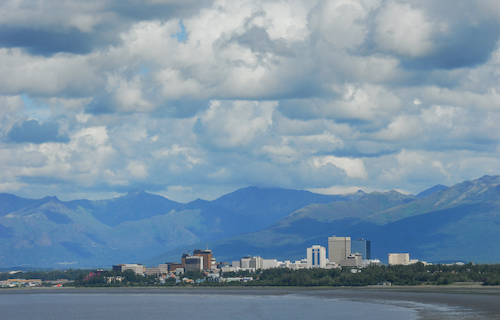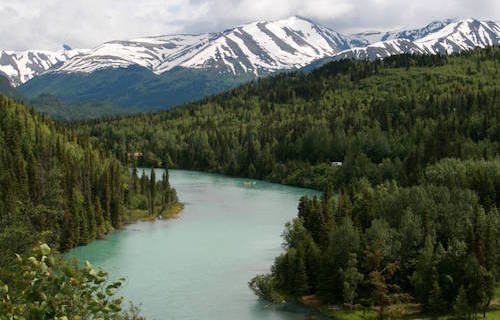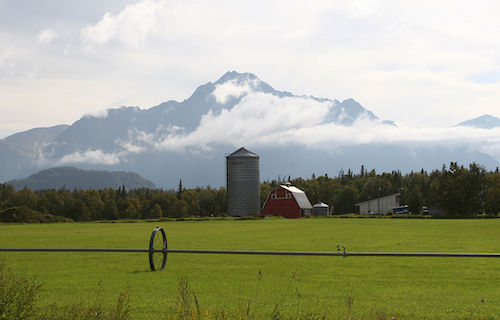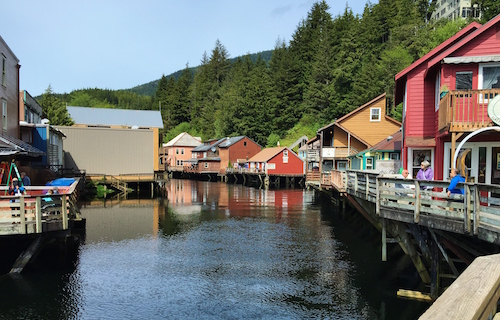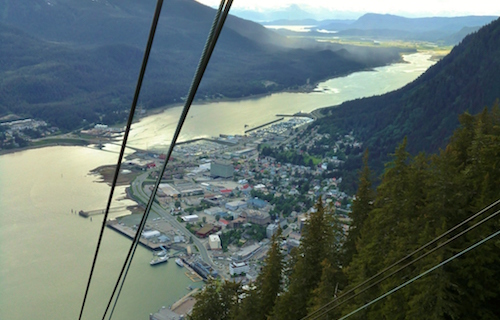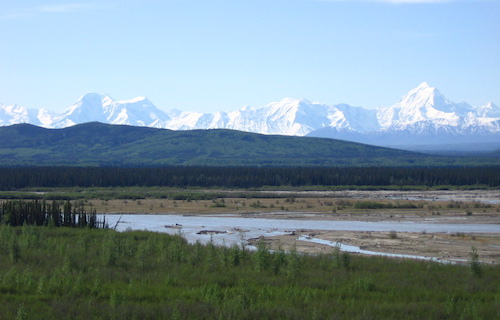SPEECH: U.S. Army Listening Session (Anchorage)
Major General Shields, our visitors from Headquarters, US Army, and fellow Alaskans. I bid you a warm welcome from Washington, DC. Thank you for allowing me the opportunity to beam to your listening session.
We often describe our Alaska economy as a “three legged stool.” One leg represents the substantial contribution of oil and soon natural gas production. The second leg – federal spending in Alaska; chiefly military. The third leg – everything else – which includes our world renown sustainable fisheries, tourism, the global air cargo hub at Ted Stevens Airport, forestry and mining.
This evening two of those three legs are in jeopardy. The energy leg by the Obama administration’s mindless decision to seek a wilderness designation for the ANWR coastal plain and its attitudes toward permitting in the National Petroleum Reserve Alaska and the Outer Continental Shelf. The military leg by the threat of mindless downsizing.
These developments share two things in common – both represent a gut punch to Alaska’s economy and both represent a grave threat to national security. First thing tomorrow morning Secretary of the Interior Sally Jewell will defend her budget before the Senate Energy and Natural Resources Committee. I will have much to say to Secretary Jewell tomorrow morning about the administration’s energy policies.
But I have chosen to stay up late with you this evening because tonight’s listening session is as profoundly important to the future of Alaska’s economy as tomorrow’s hearing.
Let me open by placing this meeting in context. Today, the Army faces great uncertainty over what its active duty force structure will look like in 2020. The size of the active duty force is set by Congress. For the current fiscal year, Congress has authorized an active duty force structure at 490,000. The President has proposed a further cut to 475,000 in 2016 and 450,000 in 2017. The Army believes that if sequestration continues it will not be able to afford an active duty force structure greater than 420,000.
The purpose of these hearings is to obtain public input over where the Army should cut in the event that cuts are necessary. So the Army is visiting 30 different communities and dare I say, placing all in fear that the axe will fall on their bases. But again let me emphasize that it is unlikely that the Army is going to cut 30 brigades. In fact, as the Chief of Staff of the Army has noted, it is unlikely that the Army can do its job at a force structure of 420,000 active duty troops.
I am coming around to the notion that it is time to place a pause on further reductions in active duty force structure. The force structure reductions under discussion this evening are rooted in an observation by former Defense Secretary Robert Gates in February, 2011 that we would never fight a war like Iraq and Afghanistan again. Future conflicts would rely on deployment of air and sea assets. The take home point of Secretary Gates’ remarks was that the US no longer needs a large Army. His logic was that our international commitments will be fewer in the years ahead than it has been in the past.
But is that really the case? Witness the Authorization for the Use of Military Force against ISIL which awaits us in Washington. Witness Secretary Carter’s suggestion that this may not be the right time to withdraw from Afghanistan. Witness Russia’s projection of power – in the Ukraine, in the UK’s air defense identification zone, not to mention its unexplained military buildup in the Arctic. Four years have passed since former Secretary Gates’ pronouncement and it is apparent to me that the world has grown far more dangerous over those four years.
But let me make this point very clearly: regardless of the size of the Army’s active duty force structure, Alaska is the place to be and it is the place to grow in its understanding of 21st Century challenges.
Our geography still makes us the most strategic place in the world. We live at the intersection of three combatant commands: Northern, European and Pacific. US Army Alaska is making significant contributions to every one of these combatant commanders today.
First and foremost, US Army Alaska supports USARPAC, the Army’s component of Pacific Command. Earlier this month the White House released a current national security policy. That policy, as well as the President’s Fiscal Year 2016 budget, reasserts the plan to rebalance military resources to the Pacific and Alaska remains an integral part of our ability to respond to the Pacific.
On March 21, 2012, I had an opportunity to ask the Chief of Staff, General Odierno, an on the record question about how he viewed US Army Alaska faring as the Army downsized. His response, “US Army Alaska is in fact part of Pacific Command. Our plan is not to do much changes to the forces that are in the Pacific. So would say in general terms it will be pretty close to what it is today.”
In my follow-up question I asked General Odierno what his impression was of the quality of Alaska’s troops. He offered the following response:
- Alaska is a great base for us because of its location and its ability to respond to the Pacific and other areas as well if needed. The training facilities are incredible.
- What they are able to do and how they are able to prepare – no matter what mission they go on, it gives them a great advantage.
Let me repeat that for emphasis –Alaska based troops have a great advantage whatever mission they go on because of what they are able to do and how they are able to prepare.
- The families are taken care of very well in Alaska. They love living here.
General Odierno wrapped up his answer to my question with the following observation – “It – referring to Alaska – is a key component of our Army of the future.”
I don’t think anyone in this room could say that with greater authority than our 38th Chief of Staff of the Army. Again, for emphasis, “Alaska is a key component of the Army of the future.”
And that’s not just because of the importance of the Pacific but also because of changes in the Arctic. US Army Alaska is quickly become the global expert on how to fight ground wars in high altitudes and cold places. Witness the international exercise just concluded at Black Rapids. Additionally, US European Command is increasingly relying on our expertise in high altitudes and cold places in conducting NATO exercises.
We don’t have to build a new Army component to address these changes. The expertise and the infrastructure are already here. And it would surely be a tragedy if the Army were to tear down its center of Arctic expertise in the name of short term cost cutting.
I’m reminded of former Secretary Rumsfeld’s remarks, “You don’t go to war with the Army you want…you go to war with the Army you have.” Well if we are not careful in how we restructure the force, the Army we have will end up losing both capacity and competence in the north and in the Pacific by dropping brigades in Alaska.
Let me close with the following observation. Several weeks ago, I had an opportunity to visit with the Honorable Katherine Hammack, Assistant Secretary of the Army for Installations. She revealed to me that in some of the listening sessions that preceded this one, the Army heard that some communities would welcome a reduction in Army force structure. And it’s well known that in some communities the Army faces the threat of a NEPA lawsuit every time they try to increase their level of activity. That is not the case in Alaska.
Here in Alaska the Army is important to us. And I would further submit that we are important to the Army. The strength of our nation is our Army. The strength of our Army resides right here in Alaska.
Thank you and good evening.

